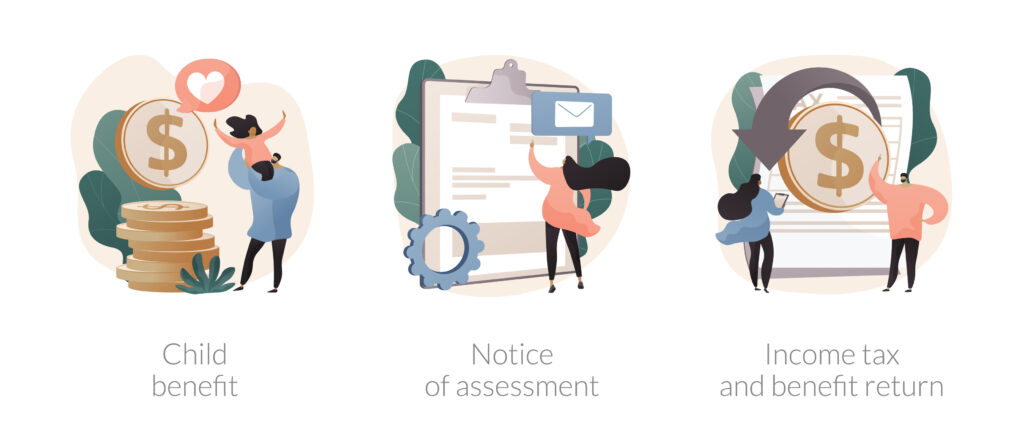Who Really Qualifies as a Dependent for Taxes?

How many dependents do you really have? Who can really be counted as a dependent? These are some of the most common questions that all taxpayers have. Can you count all of your children, live-in help, or perhaps a dog or other family pet? What about a friend who decides to crash at your place and basically mooch off you the entire year; can he or she be counted as a dependent?
As far as the IRS is concerned, there are two different kinds of dependents but there are dozens of scenarios that can fall under these two categories. There are also different rules for each type. The first type of dependent is classified as a qualifying child. The second type is a qualifying relative.
A qualifying child must be related to you, either by birth or adoption, or be a step or foster child. You must also provide more than half of the child’s total financial support and you can be the only person claiming that child on your return. To be a dependent the child must also be 18-years-old or younger, or if he or she is a full-time student, younger than 24-years-old.
The rules for being counted as a qualifying relative are much different. First, if your relative is a blood relative then he or she does not have to live with you in order to be counted. However, he or she must not provide more than half of his or her own support and that person cannot make more than $4000.
For a person who is not a blood relative to qualify as a dependent – like a lifelong friend who is down on his/her luck, or just plain lazy, or even your significant other – that person must live with you the entire year and their income must be less than $4,000 for the entire year. No one else can claim the person and you have to provide more than half of his or her financial support.
Passion Investments: Why High-Net-Worth Individuals are Turning to Luxury Collecting
[vc_row][vc_column][vc_column_text]by Alan L. Olsen, CPA, MBA (Tax) Mananging Partner Greenstein, Rogoff, Olsen & Co. Posted: 3/1/11 In times of economic uncertainty, bad news is good news for collectors and sellers. This uncertainty drives capital out of the stock market but at the same time, causes investments like art, wine and fine jewelry (among others) to…
The Human Factor in Mergers and Acquisitions
The Human Factor in Mergers and Acquisitions By Alan Olsen There are a lot of factors of success and failure in mergers and acquisitions that go into a merger or an acquisition. These business deals come in all shapes and sizes and can be massive or rather small. However, they all involve at least two…
Business Plan Basics
[vc_row][vc_column][vc_column_text] Business Plan Basics A business plan precisely defines your business, identifies your goals, and serves as your firm’s resume. The basic components include a current and pro forma balance sheet, an income statement, and a cash flow analysis. It helps you allocate resources properly, handle unforeseen complications, and make good business decisions. Because it…
Transferring Your Assets: It’s More Than a Will
[vc_row][vc_column][vc_column_text]The cornerstone of every estate plan is a will. But your will does not necessarily control how all of your assets are distributed to your beneficiaries. You are likely to have designated beneficiaries for specific assets during your lifetime. And just as you review your will, review of your beneficiary choices for these assets is…

